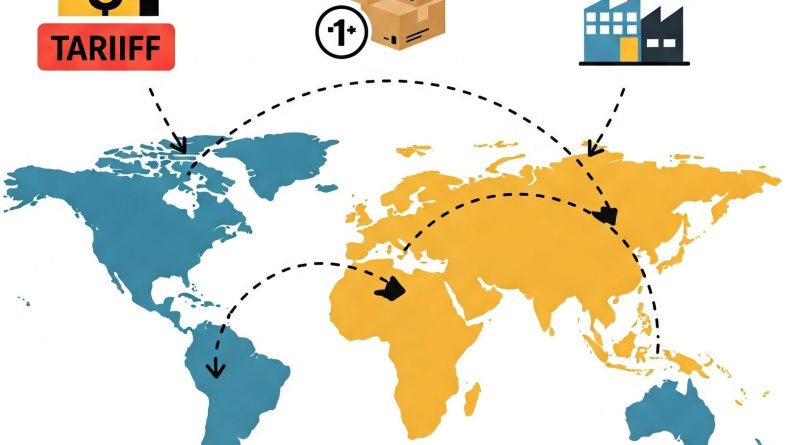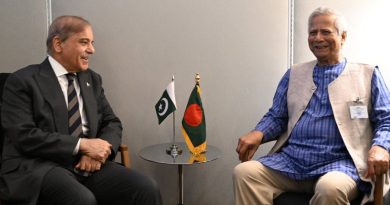Bangladeshi toy exporters are struggling to tap opportunities in the multi-billion-dollar global toy industry, as policy gaps and regulatory inconsistencies continue to limit their competitiveness.
Entrepreneurs say they are taking considerable risks to explore international markets, but a lack of supportive policies—especially around bonded warehousing, customs procedures, and compliance facilities—prevents the sector from reaching its potential. Many argue that with the same policy support enjoyed by apparel exporters, toys could eventually become Bangladesh’s second-largest export earner after RMG.
Their optimism reflects the sharp rise in global demand. According to projections by Statista, the global toy market is expected to hit $150 billion by 2032, up from $102.8 billion in 2023. Yet Bangladesh’s toy exports were only $78.74 million last fiscal year, EPB data shows.
Regulatory hurdles narrowing competitiveness
Exporters report that sudden changes in customs procedures have created confusion. They recently received letters questioning their continued use of the Utilisation Declaration (UD) facility instead of the Utilisation Permission (UP). They warn that discontinuing the UD option would lengthen lead times and increase operating costs—undermining their global competitiveness.
Another sticking point is bond licence tenure. While apparel exporters receive three-year licences, toy exporters are reportedly offered one-year renewals, forcing frequent paperwork and delays.
They argue that resolving these issues would help Bangladesh strengthen its standing among global buyers—especially since major international retailers like Walmart, Inditex, and H&M already run toy segments alongside clothing lines.
Growing capacity but limited access to high-end segments
The global toy industry spans educational, electronic, mechanical, play-based, and entertainment products. Bangladesh already produces many of the required materials—wood, metal, paper, plastic, and fabric—but struggles with higher-end, licensed categories due to strict certification requirements.
Cupcake Exports Ltd, a subsidiary of US-based Cupcake Group, highlights the sector’s potential. Starting in 2019 with 65 employees, the soft toy maker now employs more than 600 people after investing about $3 million.
“In our first year, exports were about $35,000, but they reached $2.5 million last year,” said CEO Yasir Obaid, who plans to expand production lines from 20 to 50 and raise employment to 3,000 by 2027. The company already supplies buyers in the EU, UK, and US, with more partnerships expected.
But Obaid says the absence of dedicated toy buyer offices in Bangladesh forces exporters to travel abroad for meetings, raising costs and limiting business opportunities. He adds that major retailers remain focused on licensed categories, where Bangladesh lags due to certification gaps.
Domestic players gaining ground
Local conglomerate PRAN-RFL Group has expanded from serving the domestic market to exporting plastic toys to more than 10 countries, including the US, Italy, Saudi Arabia, India, and Nepal.
“Launching toy exports to the United States is a significant milestone for us,” said Marketing Director Kamruzzaman Kamal, noting that global confidence in Bangladeshi toys is rising.
Bangladesh now meets about 80% of its domestic toy demand, but packaging and testing remain major export challenges. High-grade packaging materials must be imported, while product testing often requires sending samples abroad due to the lack of accredited local labs.
Foreign companies still dominate
Despite growing local participation, foreign-owned firms lead Bangladesh’s toy exports. The largest is Sonic (Bangladesh) Limited, a subsidiary of Hong Kong-based Sonic Group, located in the Uttara EPZ in Nilphamari. The company produces nearly one million die-cast scale models per month and exports mainly to European and Asian markets. EPB data shows Sonic exported $42.24 million last fiscal year.
China’s retreat opens a window for Bangladesh
China remains the world’s largest toy exporter with 86% of the global market, valued at $88.58 billion in 2023. But rising labour costs mean China is gradually shifting away from low-end toy manufacturing.
“In 2016–17, China controlled about 98 per cent of the global market, but now they are gradually exiting the industry,” said Dr M Masrur Reaz, founder and chairman of Policy Exchange of Bangladesh. He believes Bangladesh could seize part of that space:
“If we adopt the right policies, Bangladesh could potentially export $10 billion from this sector.”
He noted that beyond RMG, Bangladesh lacks any large-scale export engine, as leather, home textiles, and frozen foods each earn only $1–2 billion annually. A well-supported toy industry, he said, could become the country’s next major export pillar.






